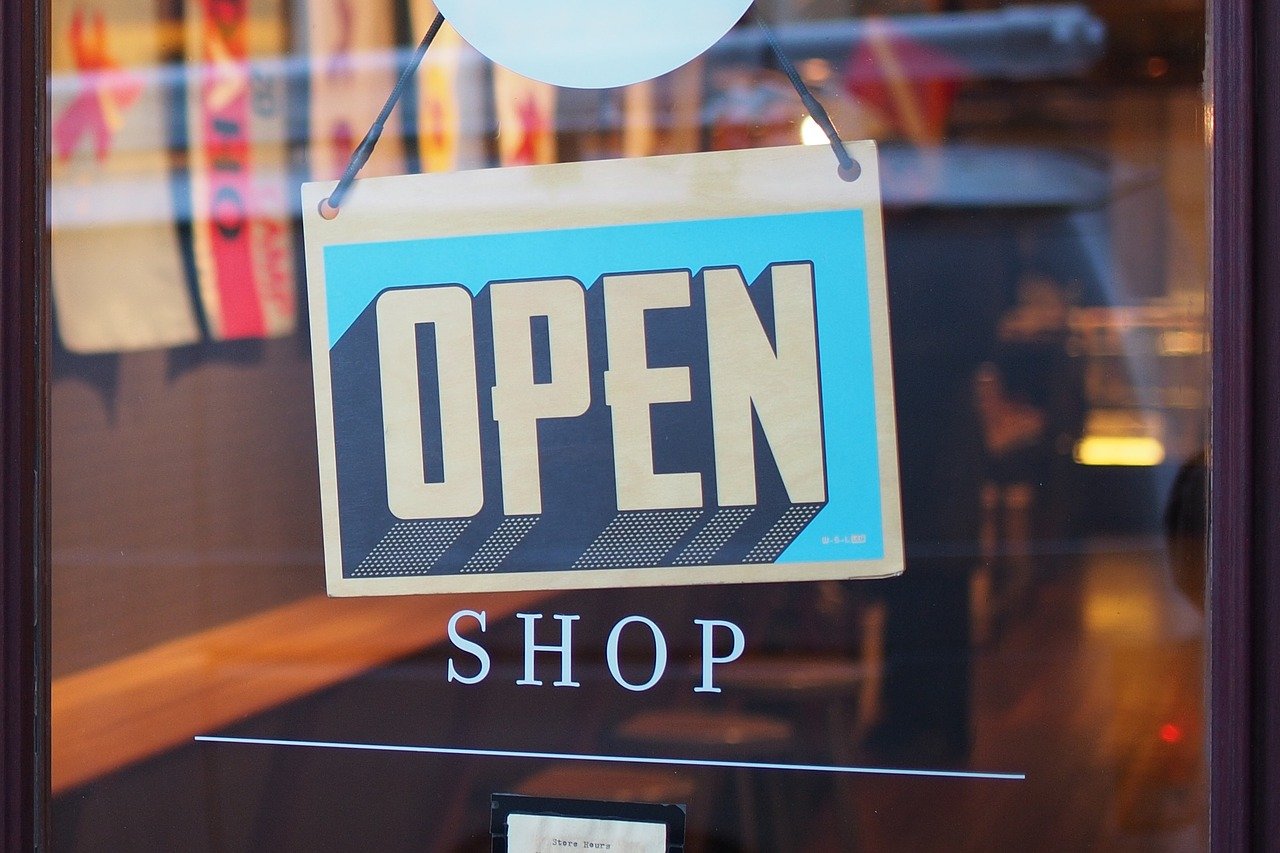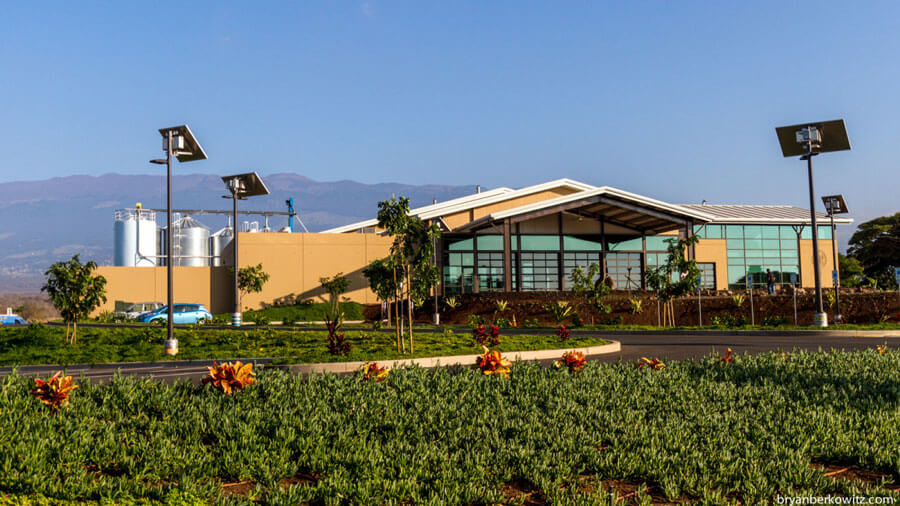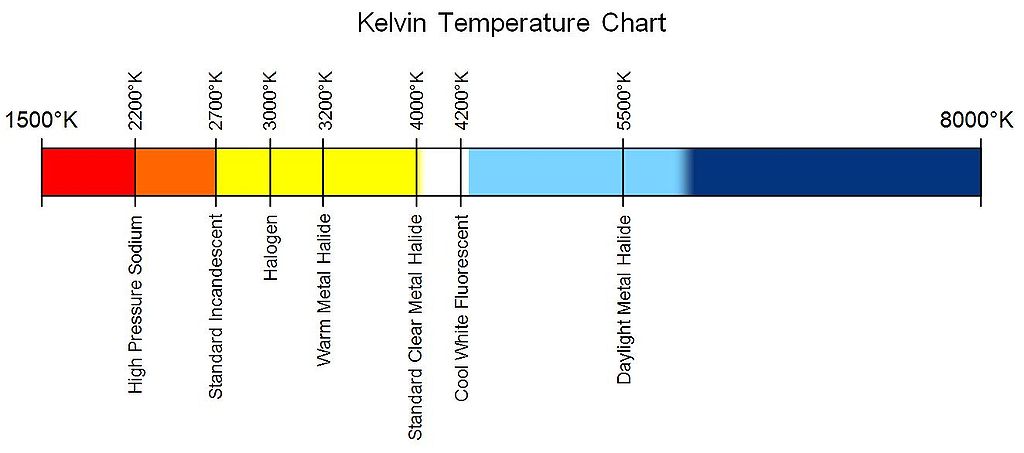
Contents
The modern retailer understands the role of various lighting configurations in enhancing customer experience and generating sales. Ambient lighting eliminates gloomy areas in the store, whereas task lighting helps staff and customers complete business transactions. On the other hand, accent lighting enables retailers to highlight specific products and emphasize the store’s style.
Research shows that the ambiance of a store has a huge impact on the shoppers’ buying behavior. Yet, after labor, rent, and marketing expenses, energy is the fourth largest operating cost for US retailers. In fact, besides maintaining your store’s HVAC system and examining the utilities, such as the sensors, thermostats, and digital water flow meter, you must consider giving the store lighting an upgrade in order to save energy and reduce costs.
LED lighting systems are ideal for all the above-mentioned types of lighting configurations. Moreover, LED fixtures generate the same quality of illumination as traditional incandescent lights using half the energy. Thus, LED lights are energy-efficient and flexible for all retail store needs.
Getting an edge over your competitors in the retail segment is all about making your brand visible. Here are four ways you can use LED lights to provide optimum lighting that attracts customers and brings down the energy costs.
1. Pay Attention to the Science behind LED Retail Lighting
For effective LED retail lighting, you must be familiar with the technical details of the bulbs and fixtures, thereby enabling you to highlight the right product zones, ensure customer comfort, and increase sales. Knowing the commonly-encountered terms in the LED retail lighting space will help you make the right lighting decision, creating an environment that makes your shoppers feel comfortable.
A. Intensity or Lumen
The brightness of the traditional lights, such as the incandescent, halogen, fluorescent, and high-intensity discharge (HID) bulbs is measured in watts. However, now the common unit of measuring brightness is lumens. Thus, a higher lumen would imply a brighter bulb.
If you are upgrading your retail outlet lighting to LED lights and desire to have similar brightness in store, refer to the lumens listed on the LED product manual. Removing the last number of the lumen value will leave you with a number that represents the wattage. For instance, if the LED light emits 800 lumens, it is roughly equivalent to the brightness of an 80-watt bulb. Thus, using this comparable wattage you can invest in the most compatible LED fixtures for your store.
B. Efficacy
Efficacy is the amount of light (lumens) an LED bulb produces using a certain amount of power (watts), also known as Lumens per Watt. For instance, a bulb emitting 480 lumens of light by using eight watts of power has an efficacy of 60 lumens (480/8) per watt. A bulb with this efficacy will definitely be more cost-effective than the one emitting 480 lumens at 12 watts. Most quality LED fixtures and lamps have an efficiency rating of 100+ LpW.
C. Color-Rendering Index (CRI)
When selling fashion, beauty, and food items, it is critical to select a lighting that doesn’t distort the colors or impact the visibility of the products. For instance, a fruit juice may look dull because of improper lighting, drastically impacting the sales of the food retail store. LED lights with high CRI value (closer to 100) reveal the true colors of the products on display, thereby encouraging customers to make purchase decisions in your favor.
D. Correlated Color Temperature (CCT)
CCT is measured on the Kelvin scale. It indicates the hue and tone of the emitted light. For instance, the light emitted in the range 2000K to 4000K will look warm (orange or yellow). Similarly, a CCT value between 4000K and 5000K is referred to as natural or neutral light. Depending on the mood you want to create, you can choose a light with the most appropriate CCT, enabling you to enhance customer experience and boost sales.
2. Install Sensor-Enabled LED Lights to Reduce Energy Wastage
The store occupancy and the energy demand vary all through the day. For instance, your store may experience a reduced footfall in the afternoon, thereby reducing the need for lighting in certain areas of the store.
Installing sensor-enabled LEDs with advanced lighting controls will significantly reduce your energy costs by shutting down the lights in areas that are not in use. The motion sensors incorporated in these smart LED lights are extremely sensitive as they use body heat and wavelengths to calculate motion, thereby ensuring optimal use of electricity and improving the quality of light in the store.
3. Integrate Beacons into LED Lights to Attract Customers
Until recently, retail store owners have been investing in small Bluetooth beacons that are installed at various locations around the store to connect and communicate with the customers. However, technology has made it possible for embedding beacons and sensors in LED lights to locate and connect with customers in and around the store, enabling store owners to promote brands and boost their sales.
The lighting world giants, General Electric and Philips have introduced smart LED lights that are programmed with tiny beacons that allow store owners to attract customers with product deals popping up on their smart devices as they walk through the store. These smart LED lights also offer retailers with valuable customer data and energy savings.
4. Invest in Solar LED Lights for Outdoor Lighting

For several decades retails stores have used high-and-low-pressure sodium lamps for outdoor lighting. However, the recent advances in the field of solar power and LED lighting has created an opportunity for solar-powered LED lights that are more durable and environment-friendly, create a brighter outdoor environment, and consume less energy compared to the traditional lamps.
Solar-powered LED lights can be used to revitalize the outdoor signages and displays. These lights are designed to endure cold temperatures, making them an ideal choice for illuminating the walkways around the store and the parking lot. The embedded photovoltaic cells convert solar energy into electricity which is stored in inbuilt batteries, enabling store owners to light up the outdoor area in an eco-friendly and cost-effective manner.
Thus, solar-powered LED lights combine the sustainable benefits of solar power with the energy efficiency of LED lights, thereby allowing store owners to create a compelling brand identity and make a positive environmental impact.
LED retail lighting, when used in the right way, can make shoppers feel welcome, thus increasing the footfall in the store and improving sales. Moreover, LED lights are highly energy-efficient, reducing the utility costs. Use the above-mentioned tips to improve the ambiance of your store, boost sales, and save energy.
About the Author: Ann Neal (Twitter: @Ann_G_Neal) is a writer who covers technology and business. She is passionate about music and loves to play guitar in her free time with her cute pooch listening quietly
Img Source: https://lightinghouse.com.au/


